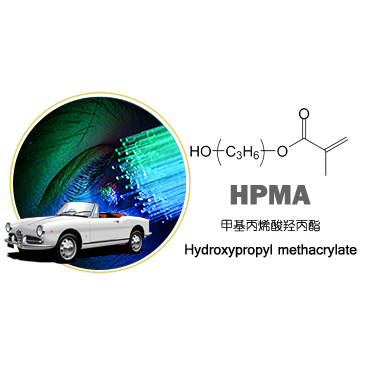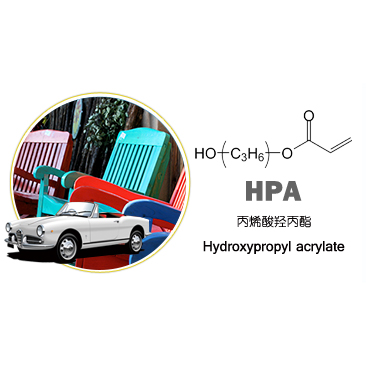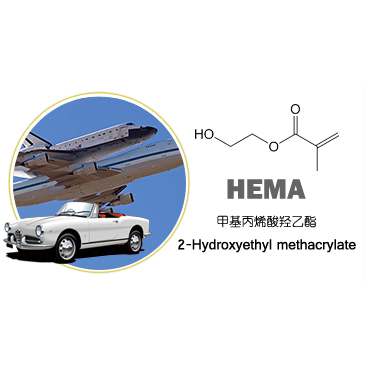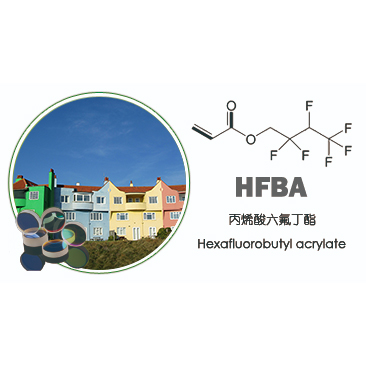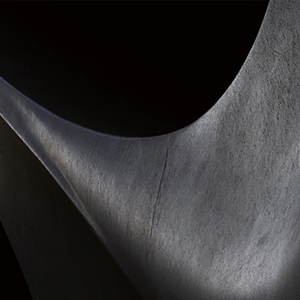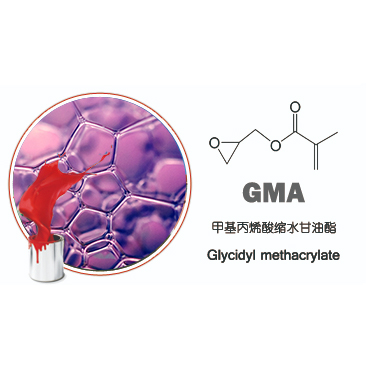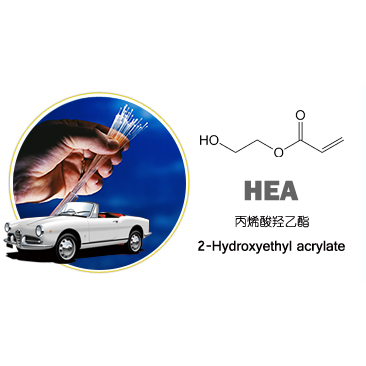- E-mail : info_marketing@jindunchemical.cn
- Phone : +86 21 64057580
- Address : Shanghai China
Single official UV monomer-JINDUN CHEMICAL
Monomers are very important components in UV formulations, which can give or improve different properties of the paint film, and the rational use of various monomers is also an important part of formulation design. We first focus on the commonly used monofunctional monomers and their properties.
Each molecule of monofunctional monomer contains only one group that can participate in the light-curing reaction, so it generally has the following characteristics.
- High conversion rate
- Small volume shrinkage
- Slow curing speed
- Low crosslink density
- Low viscosity
Common mono-functional reactive diluents
Monofunctional monomers are generally classified into alkyl acrylate, hydroxy (meth)acrylate, (meth)acrylate with a cyclic structure or benzene ring, and vinyl monomers according to their structures.
Alkyl acrylates
Lauryl acrylate (LA)
Low viscosity, low volatility, with hydrophobic aliphatic long main chain, low Tg, and good plasticizing effect.
Butyl acrylate(BA)
Low viscosity, good dilution effect, but high odor, volatility, flammable, now little application.
Isodecyl acrylate(IDA)
Low viscosity, good dilution ability, low Tg, good plasticizing effect, less volatility.
Isooctyl acrylate(2-EHA)
Low viscosity, good dilution effect, low Tg, good plasticizing effect, due to the odor, volatility is slightly larger, affecting its use.
Ethoxyethoxyethyl acrylate (EOEOEA)
Low viscosity, very strong dilution ability, good leveling, low volatility, low Tg, good plasticizing effect.
(Meth)hydroxyethyl acrylate
Hydroxy ethyl acrylate (HEA)
High boiling point, low viscosity, low Tg, moderate reactivity, with hydroxyl, conducive to improving the adhesion of polar substrates, is the early commonly used active diluent, skin irritation, currently less used. Because HEA and HPA molecules with acryloyloxy and contain hydroxyl groups that can react with isocyanate groups, they can also be used to prepare polyurethane acrylates.
Hydroxyethyl methacrylate (HEMA)
High boiling point, low viscosity, an extra methyl group on the carbon of the double bond, so the reactivity is reduced, while low volatility, low skin irritation, light odor and relatively low price, so this monomer is still commonly used in the domestic light curing industry.
Caprolactone acrylate (CA)
Contains hydroxyl functional group, low odor, high flexibility, excellent hydrolysis resistance, chemical resistance and good chemical compatibility.
(Meth)acrylates with cyclic structure or benzene ring
2-Phenoxyethyl acrylate (PHEA)
High boiling point, low viscosity, low skin irritation, low Tg, with phenolic odor, its strong dilution, high reactivity, strong adhesion, low shrinkage, good flexibility, suitable for the formulation system of UV-curable products such as inks, metal coatings, plastic coatings and adhesives.
Isobornyl acrylate (IBOA)
With a bicyclic isobornyl group, its low volatility, low toxicity, non-flammable, high Tg. IBOA curing shrinkage is very low (8.2%), good adhesion, and has good flexibility and excellent water resistance, is widely used in the field of coatings, adhesives and resin synthesis. The disadvantage is that it has a certain odor, which may cause discomfort to individual users.
Isobornyl methacrylate (IBOMA)
Compared with IBOA, it has low reaction speed, better hardness and abrasion resistance, low irritation, high Tg, low shrinkage, good dilution power, excellent water resistance, and good application prospects in resin synthesis and coatings.
Tetrahydrofuran acrylate (THFA)
High boiling point, low viscosity, good dilution ability, low Tg, contains polar tetrahydrofuran ring, can provide excellent adhesion, and can be considered in adhesive formulations.
Ethylene oxide tetrahydrofuran acrylate (THF(EO)A)
This monomer offers the excellent adhesion and good curing speed of tetrahydrofuran acrylate (THFA), while eliminating the characteristic skin irritation and odor, making it an environmentally friendly monomer with excellent performance.
Cyclic trimethylolpropane acrylate (CTFA)
Low odor, good flexibility, yellowing resistance, fast curing speed, good adhesion to plastics and metals, used in coatings, inks, adhesives, etc.
Vinyl monomer
Styrene (St)
The earliest with unsaturated polyester as the first generation of light-curing coatings used in wood coatings, low viscosity, strong dilution ability, but odor, curing rate is slow, the current light-curing products rarely used to St.
N-vinylpyrrolidone (NVP)
Low viscosity, strong dilution ability, high reactivity, cationic curing, low skin irritation, once widely used, but its application is limited by the suspicion of carcinogenic substances. At present, it is less used, and the general dosage does not exceed 10-20%, because NVP and its polymer are water-soluble, the amount added will affect the water resistance of the coating.
4- Hydroxybutyl vinyl ether (HBVE)
Can be used in cationic light curing system, high conversion rate, can enhance the cationic UV curing rate, reduce oxygen resistance, has excellent dilution ability and adhesion, can also be used as an intermediate in the synthesis of fluorocarbon resin.
Other types of monomers
2-Carboxyethyl Acrylate (CEA)
CEA is characterized by a carboxyl group, which can be used to increase adhesion; it has medium viscosity, fast curing speed and low film glass transition temperature.
-
date
2022-10-10
-
location
Shanghai, China






































